Learn how to draw for tattooing
Elements and techniques to draw and design your tattoos
23 January 2024
It's not new that tattoos and drawings have a lot in common, but are you aware of all the advantages knowing how to draw brings?
To know how to tattoo you have to learn many things, from how the skin reacts, to how to master the machines, what types of needles there are, how inks behave, etc. And drawing should also be on the priority list; at least if you want to get the most out of this profession.
It’s great if you have an innate talent for this, as it gives you some advantage. But if you feel like you still got a bunch to learn about this skill, don't worry, as it's never too late to do so.
Keep reading to find out everything you need to know about drawing and its relation to tattooing.
The importance of drawing in tattooing
Although some tattoo professionals claim that you can tattoo without any drawing knowledge, and although for some styles it's not strictly necessary to have it... the reality is that knowing how to do it gives you greater (and sometimes even better) opportunities.
Because it serves either to fulfill your client's needs or to stand out as an artist, and it can even be a lifesaver during the tattooing process.

While exceptions always exist, most clients seek a design that has been created from scratch or at least has some specific interventions.
Also, when it comes to promoting your tattoos, having your own original designs puts you on the map as an artist, conveys your personal hallmark, helps you stand out and offer something unique that couldn't be found anywhere else (forget about stealing designs from Pinterest!).
But not only that, drawing also influences your technique and how capable you are when it comes to solving a tattoo.
Because, in an ideal world, everything goes as expected, but in reality, unforeseen events happen. And it could very well happen that your stencil gets erased halfway through the tattoo, for example... Something that you can easily avoid with drawing skills.
More importantly, when it comes to creating volumes, shadings, shapes, and contrasts, you need to understand everything about proportions, depths, focal points, light behavior, and visual harmony.
In short, unless you want to dedicate yourself only to Blackout tattoos or offer only simple, flat, and very limited designs, you can stop reading this article.
But if you want your work as a tattoo professional to be as fruitful and outstanding as possible, you already know that beyond getting to the end of this article, you should continue learning and practicing this essential skill.
Where to start?
Okay, all very nice, but where to start? Well, with the plain basics.
You don't need to have the whole range of colors in pencils or the best markers to get started. You only need three things: time, pencil and paper.
Some may believe that to become a drawing expert, you need to have the latest materials, a large desk dedicated solely to it, extreme innate talent, etc.
But the reality is that to achieve impeccable drawing skills, all you have to do is start with what you have! You'll soon have time to invest in whatever you think is needed, but don't let that stop you from starting now.
Have a sheet and a pencil at home? Great, you already have everything you need.
Still don't dare to start? Well, maybe you should look inward a little bit... Sometimes we procrastinate and make excuses for ourselves to postpone something that we really can't bring ourselves to do, for whatever reason.
So, if you feel you've been putting off training this part of yourself as an artist for a while now, first take a moment to do some introspection and analyze what is paralyzing your progress. We encourage you to let go of that fear and forget the shame. No one judges you more than yourself.
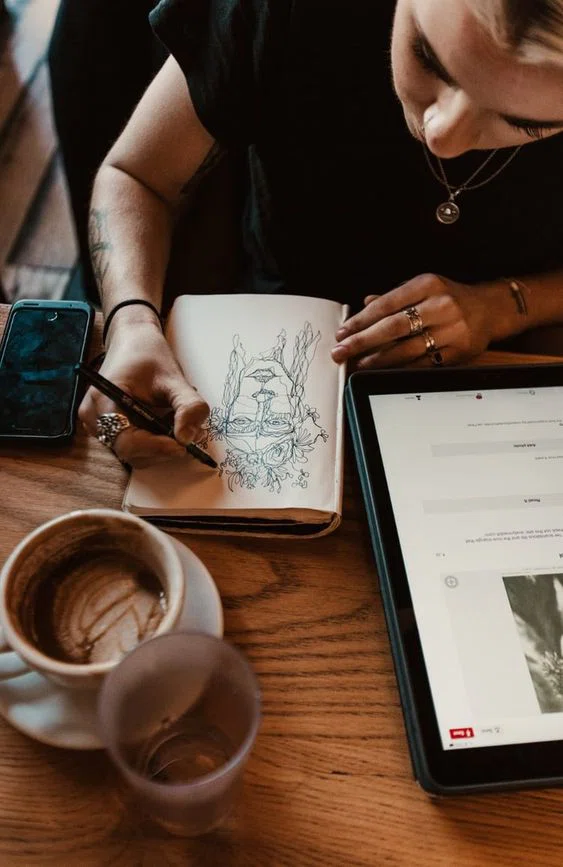
Look, at first, it will be harder; but as with everything in life, with practice, you'll pick up the pace and skill. Keep in mind that making mistakes is part of the process, and it's impossible to learn something without getting it wrong on the first try.
Absolutely all experts have made mistakes over and over again in their beginnings. No one is born knowing! We learn everything by repetition. So, don't lose heart!
Likewise, it can happen that one day you are very inspired and everything goes great, and other days are simply the opposite. It's only natural, we need contrasts. So, don't beat yourself up about it, either.
The key is to get started and not give up despite failures. If you practice a little bit every day, you can be sure that soon you will be above average... But only time will tell. Remember: patience and perseverance.
What to do if you go blank?
Okay, you have finally picked up a sheet, you have a pencil or pen in hand, have found the ideal light, and feel comfortable, but... it's been several minutes now, the page is still blank, and the blockage is getting worse and worse.
Don't Panic! Artistic block happens. And lack of inspiration is more normal than you might think.
If you are going through this, you can start by copying a drawing, any drawing, don't overthink it. The first one you saw or came to your mind.
You can copy it freehand, meaning, by just looking at the image and trying to copy it on your sheet, or by tracing it (just to practice, never copy or trace another artist's design for real use, of course!)
It might seem pointless, and you may think, “Why am I going to trace a drawing when what I want is to learn how to do it?” Trust us, it's helpful. It helps you become familiar with the different elements, structures, and proportions of a design.
PRO TIP: starting with simple designs that go from less to more will help you feel less overwhelmed and demand less of yourself.
If you're one of those perfectionists who don't finish anything unless it's flawless. Come here for a hug, we know how it feels. But let me tell you something that may help you to release that mental weight: perfection doesn't exist! No matter how close we get to it, we can always tweak it a bit more, especially in something as subjective as art. So why try to reach something that is ever further away?
We're not saying that you shouldn't insist on doing your best. But keep in mind that there is a fine line between doing something extremely well and obsessing about it being perfect.
What elements make up a tattoo design?
Lines
This element is one of the most important and used, since it tends to define the skeleton of the designs. Being more prominent in some styles than in others.
Their appearance varies depending on the chosen style and the client's preferences, whether they are thicker, thinner, or even more superficial, as it's the case of realism, a style that rather 'hides' them, but also tends to use water lines meant to disappear eventually.
Learning how to make them as crisp as possible is fundamental, as they are the core of most tattoos.
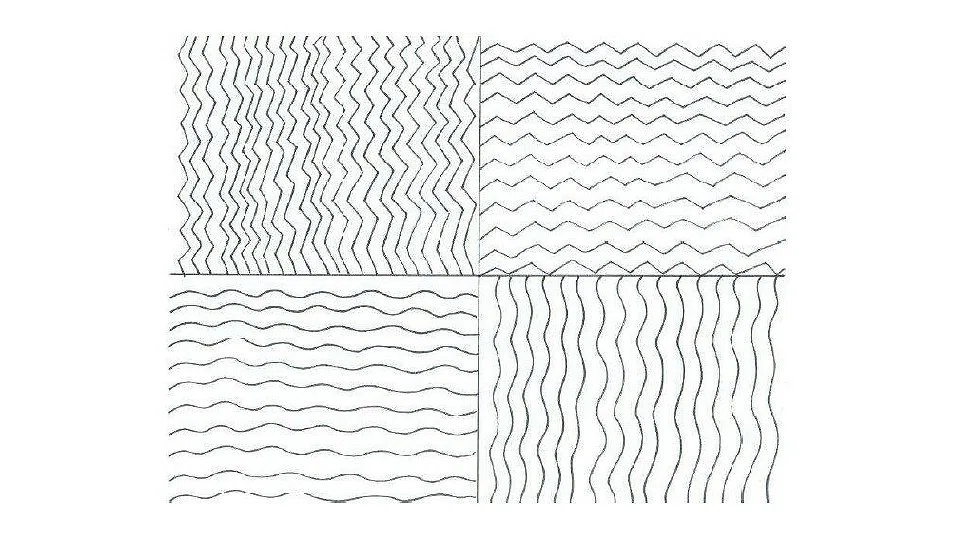
Fillings
This element is responsible for the solidity of the design, and is usually delimited by lines. Both black and other colors can be used and its finish can be more or less packed, depending, again, on the style and aesthetic preferences.
What matters here is that the intensity of the filling within each delimitation is constant and does not present differences in the amount of ink.
And one must be very careful with excessive ink, as the damaged skin may eventually expel it and hinder the final aspect of the filling.
Shadings
This element is as complex, if not more, than the previous ones, as it requires a thorough understanding of the behavior of light and shadow.
In terms of drawing, the contrast between light and dark is what brings volume and depth to the different elements that make up a design. Something that can be achieved through various shading techniques. From soft gradients, to hatching, and different types of dotwork and textures.
The style also plays an important role here, as not all tattoos use the same three-dimensional techniques.
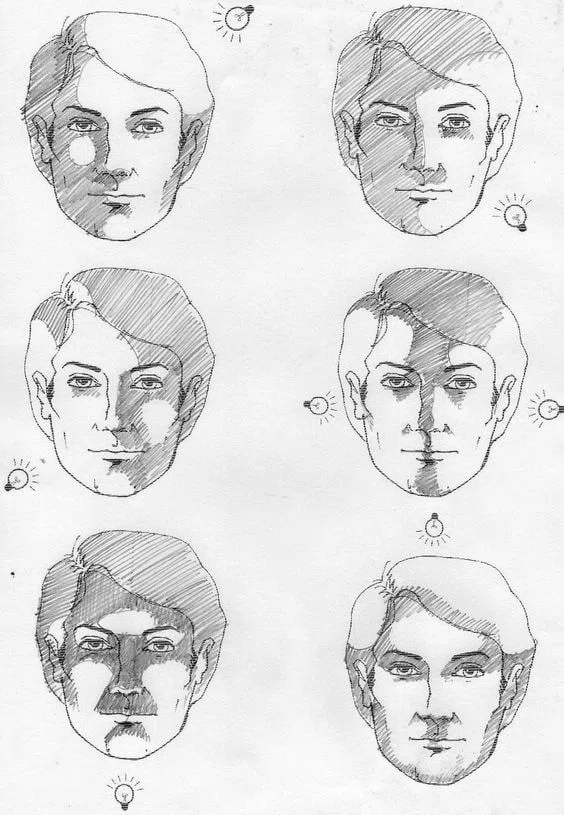
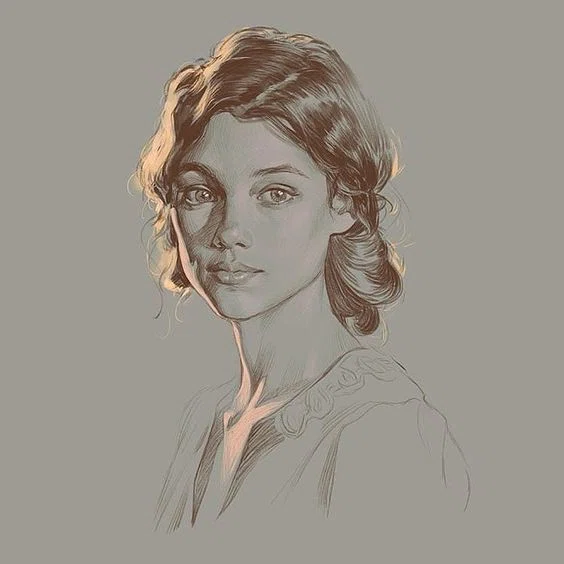
Shape
Shape is the name given to any element that has a structure delimited by a contour.
Learning about the morphologies and anatomies of different objects and the human body is fundamental. These can be natural, artificial, flat, volumetric, organic, geometric, simple or complex.
While in several styles intentional disfigurements are allowed, either because they are more abstract or cartoonish (e.g. New-school); in others (e.g. Realism), it is crucial to represent the proportions and movements of the figure depicted coherently.
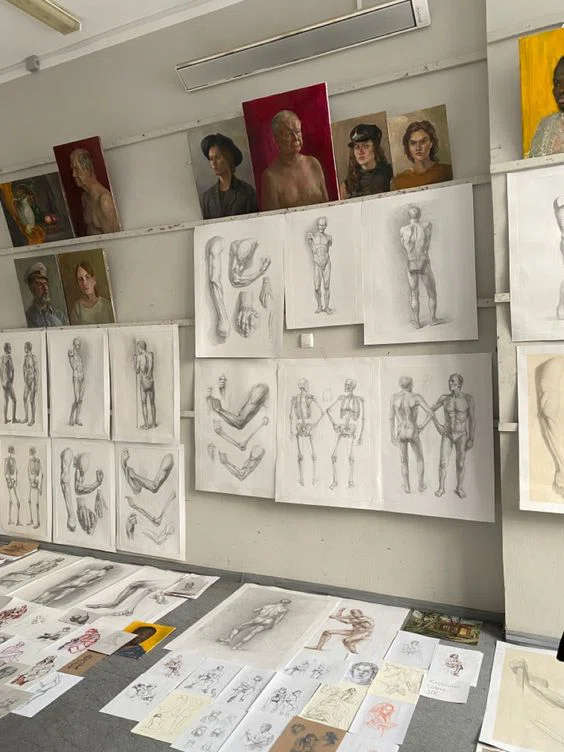
Keep in mind that, whatever your creative style is, it's always useful to learn the foundation and the principles of drawing, to then be able to break them and deconstruct them as you wish.
So, even if you are not into Realism, if you want to improve your drawing technique and perform as well as possible when composing a harmonious and aesthetic design, you should have this area well polished.
Composition
Following on from the above, a critical point in the drawing technique is to be able to integrate all these elements that make up a design in a balanced way. That is to say, not only to take into account the arrangement in space of lines, shadows, figures, colors, etc., but also their relationship. This, in terms of drawing on paper...
Now, as soon as you add the client's skin to the formula, you must also consider that it integrates with it as well as having a notion of the morphology of the human body.
In short, training the eye, good taste, and harmony is essential to master the composition as the "whole" that it is.
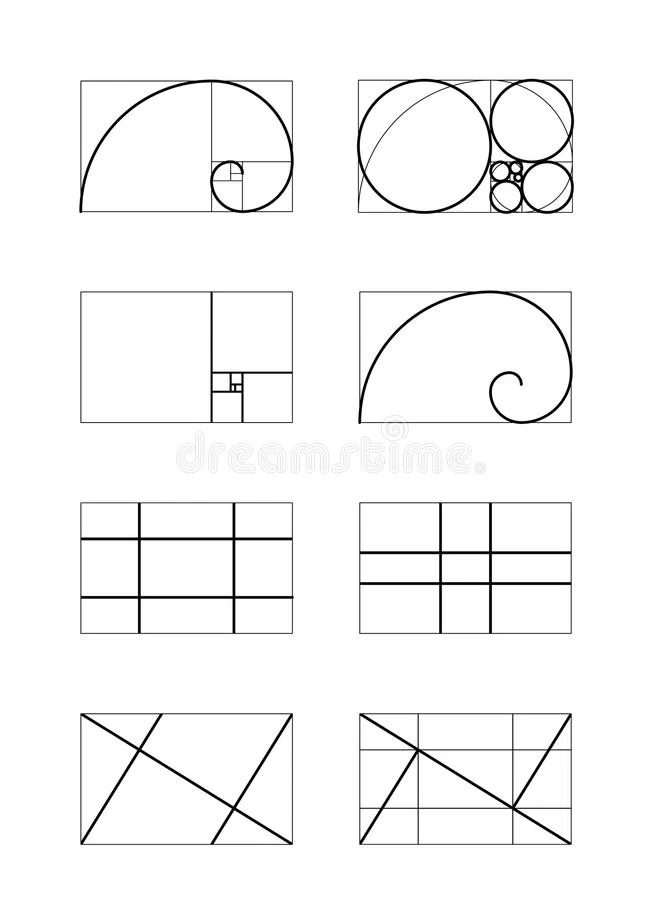
To train this skill, you can look at many images to have more references, even visual compositions that have nothing to do with tattoos, such as photographic, pictorial compositions, etc. You may also want to analyze series and films, go to museums or examine abstract paintings.
In short, you have infinite possibilities that you can explore, do it! Now, it's up to you! Practice all of these elements on paper until you feel you are definitely ready to translate them onto the skin.
Bonus: Lettering and Calligraphy
There are many clients who prefer to get inspirational phrases or words tattooed, so knowing about calligraphy and constantly practicing your strokes will give you more ease when making these kinds of tattoos.
Calligraphy requires precision and a lot of patience, so we recommend that you prepare yourself with time and try not to rush this process. It is very important to master fine strokes to achieve neat writing.
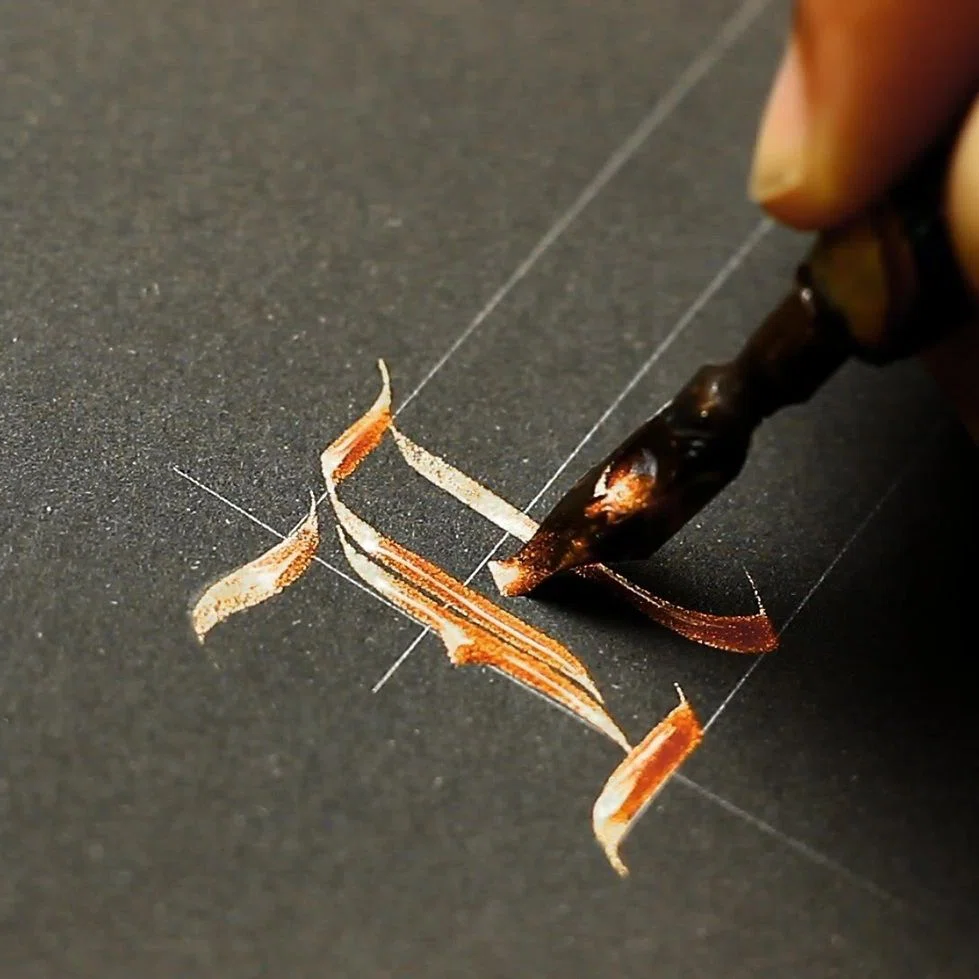
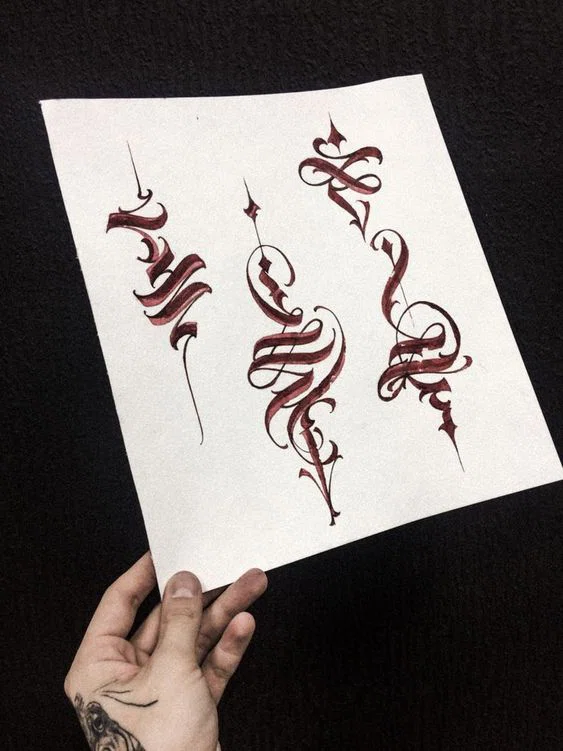
Tips for going from paper to skin
After having the basics of drawing well established, the paths you can take and the techniques you want to add will be your decision.
As tattoo professionals, it is paramount that we dedicate as much as we can to this skill, not only to master the technique, but also to better build our own personal style, until we reach a distinctive mark and get recognized for it.
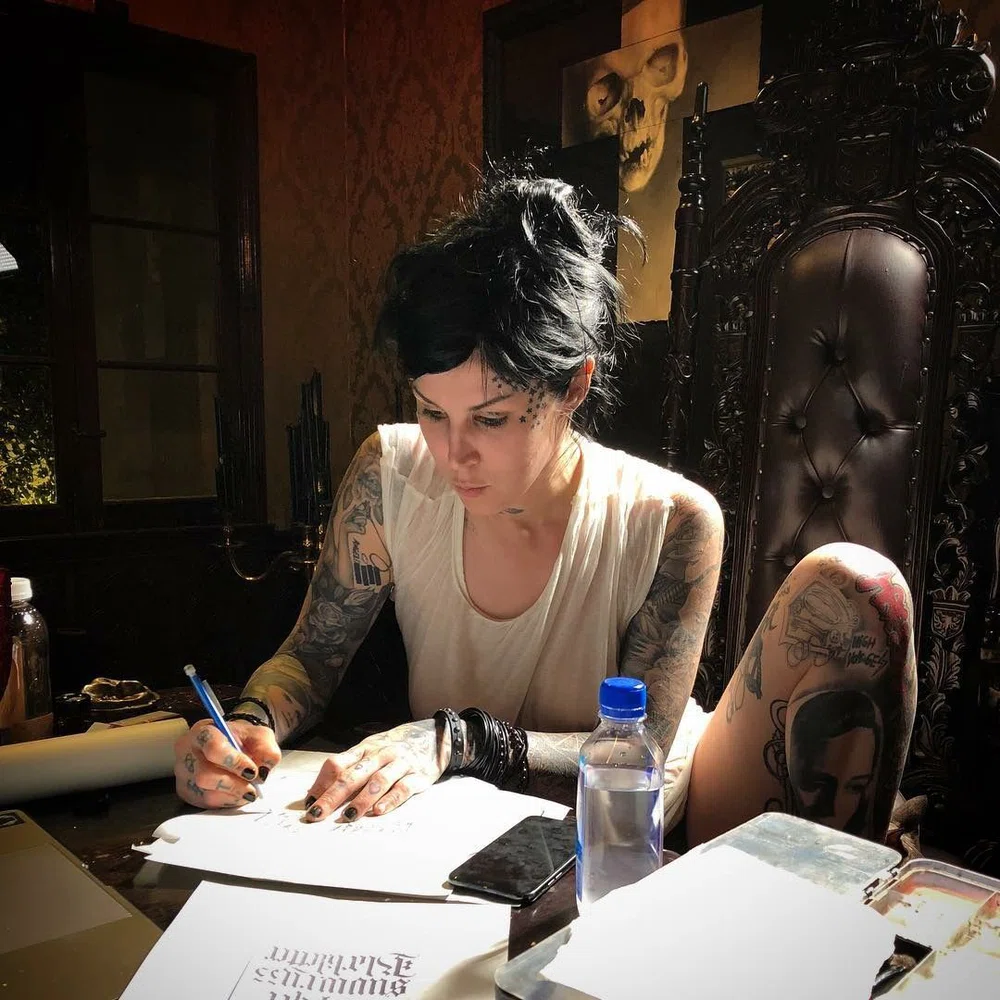
At this point, synthetic skins are ideal to practice before moving on to human skin. Since they allow you to become familiar with the weight of the machine, the effects of the needles, and the overall tattooing experience.
But, a little heads up, don't expect it to be the same as human skin; this is a living organism that responds in different ways to techniques, needles, and inks.
In the end, no matter how much you control drawing on paper, human skin is a different world and presents greater difficulties, even for those who have already mastered drawing for years. This is relevant since many people think that just by being an innate draftsman, you can dedicate yourself to tattooing without any problem. But actually, it is not so.
Going from paper to skin is a challenge for both illustrators and non-illustrators. So, while drawing may give you an advantage, it cannot ensure that you will tattoo well.
The only thing that will ensure that you tattoo well is constant practice, perseverance, patience, and good error management. The latter, although inevitable, are the ones that will teach you how to do it well. That is why the key is how you respond to them and how much you know how to take advantage of them.
And as a final advice, if you plan to work with digital devices and apps to create your designs, keep in mind that although they are a great advantage when it comes to editing and creating variants or different versions to choose from; they can be a double-edged sword when it comes to transferring the results to the skin. As, they offer possibilities that sometimes become difficult to reproduce, especially the details and perfect lines.
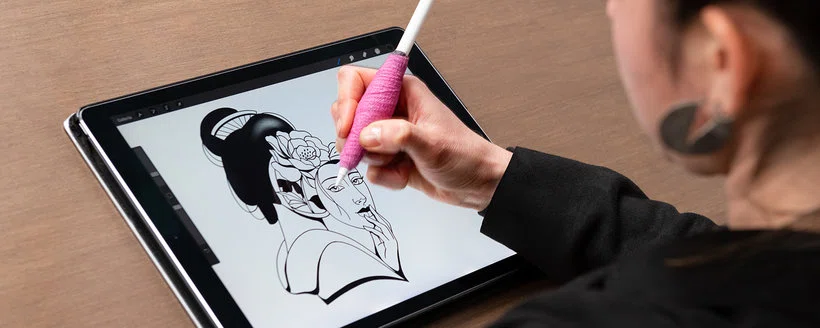
Practice: the real key to success
Do you know what the best tattoo artists have in common? It has been neither talent nor luck that has led them to success. Absolutely all of them have put in countless hours of practice to improve.
That's the real secret, committing yourself every day to improve as a professional.
In short, no one was born an expert and everything can be learned. So, whether you're just starting to dabble in illustration or you already draw but want to improve your style... explore everything you can about drawing techniques, no matter what you end up with.
Because in the end, all learning pays off, and the more tools you have, the better chance you have of standing out as a tattoo artist.
The road is endless, so go for it, discover yourself and excel!
Is working on your drawing skills still on your bucket list? Nothing better than to learn from an experienced tattoo drawing teacher specialized in one of the most creative styles there is. MasterCourse: Blackwork Tattooing, with Rebollo.